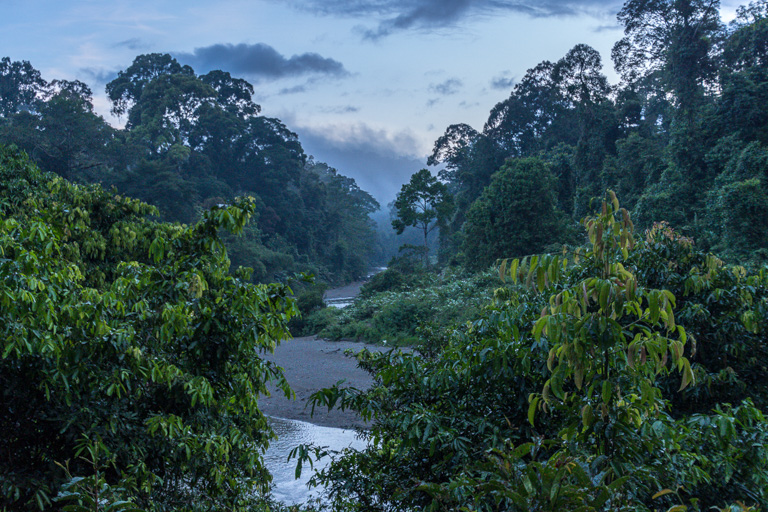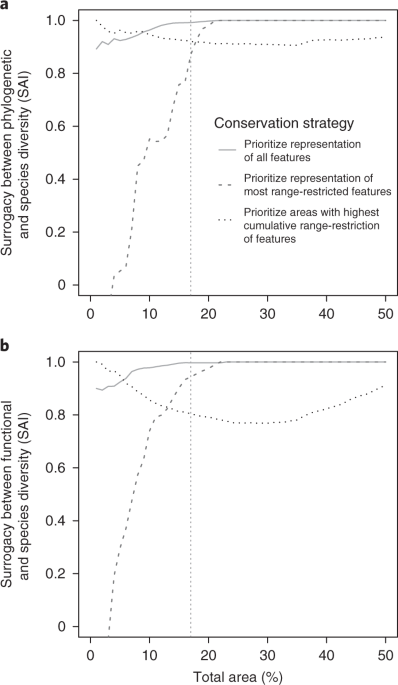
Abstract: "The connections between social processes and environmental processes that generate biodiversity loss are very unclear compared to climate change, or even other environmental problems like oil spills or the clear-cutting of forests. In our recent article published in the journal Social Currents, we show that, because of these difficulties, the global crisis of anthropogenic biodiversity loss should, first and foremost, be explained historically. This means paying attention to how large scale social processes, for instance the increasing commodification of global agriculture or changes in international banking, interact with large scale environmental processes, for example the entire size of a species’ habitat. Overall, we believe that sociology can become an important contributor to research on biodiversity loss. For this to happen, however, it should be based on analysis of how broad social and environmental structures contribute to biodiversity loss, as well as the ways in which actual species extinctions are dependent upon a specific historical context."

